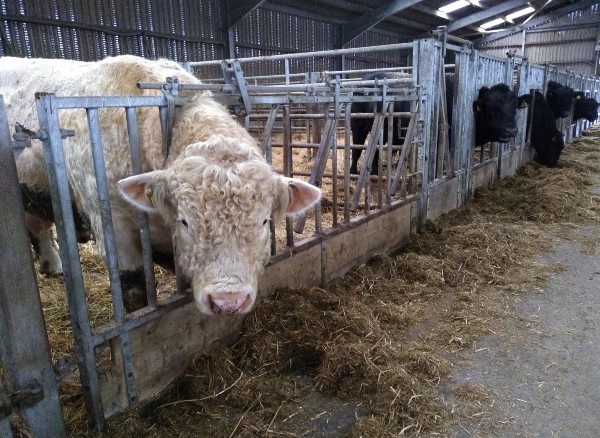Bulling Thoughts
19 April 2021- Local vet should be coming at least 6 weeks prior to mating to put the breeding bulls through a MOT in areas such as semen testing and visual inspection. It is vital that you know the bulls are going to be capable of doing the job.
- Have they had their feet looked at and trimmed if necessary and again at least 6 weeks prior to being used
- Advisable now to identify cows that had twins, retained cleansings and those that were difficult to calve so they can be examined prior to service by local vet. Often these are the cows that can prove difficult to get back in calf. Many will have batched them into a group already along with older and leaner cows which are often fed prior to bulling. This then makes it easier to have one group for the vet to inspect.
- First calvers which calved down at 2 years should be on good grass and/or being fed concentrates. Energy deficiency is a major reason for not getting back in calf as they are still growing and milking while trying to get back in calf.
- It is advisable to pelvic score maiden heifers especially those calving at 2 years prior to going to the bull. This identifies heifers that are unsuitable due to a small pelvis and abnormalities. Pelvic measuring measures the internal area of a heifer’s pelvis by taking the horizontal width and vertical height via the rectum using a Rice pelvimeter, and multiplying the figures to obtain a total in cm². This measurement can be compared against a known minimum normal internal area for either native or continental breeds of a certain age. Experienced operators can also check if heifers are cycling correctly. Others do the scoring by hand to give a general picture of shape and size.
- Routine vaccinations should be carried out at least 3 weeks before they go to the bull or AI.
Gavin Hill, gavin.hill@sac.co.uk
Sign up to the FAS newsletter
Receive updates on news, events and publications from Scotland’s Farm Advisory Service

